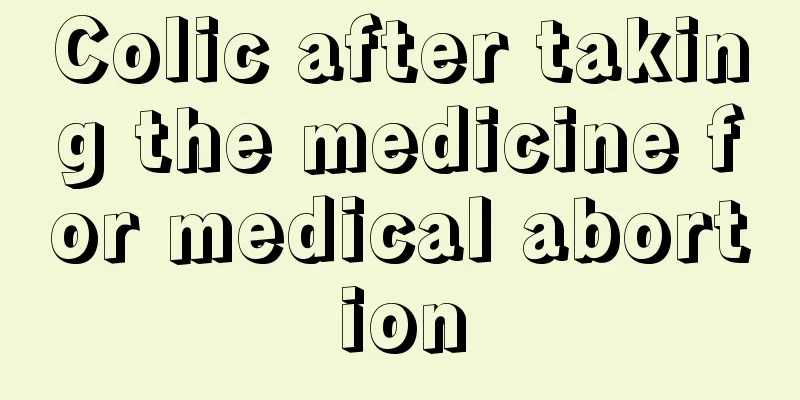What are the treatment and nursing methods for bradycardia

|
Bradycardia is a type of heart disease and is usually detected during an electrocardiogram. Because a normal person's heart beats 60 times per minute, but people with bradycardia have less than 60 beats per minute. People who experience bradycardia are generally athletes and the elderly. When the heart rate is less than 60 beats per minute, but not less than 50 beats per minute, and no symptoms appear, no treatment is needed. If it is not within this range, treatment is necessary. Now let's talk about the treatment and care methods for bradycardia. Patients with symptomatic bradycardia, especially those that affect their quality of life, or whose heart stops beating for more than 3 seconds, or who have transient blackouts or syncope, should receive active treatment. In the event of an acute attack of bradycardia, in addition to treating the primary cause and stopping medications that can slow the heart rate, atropine or isoproterenol can be used to increase the heart rate. For those with a heart rate of 40 beats per minute or slower, drugs are not effective in raising the heart rate, especially in patients with recurrent syncope or presyncope, in whom a temporary pacemaker should be implanted. After actively correcting the reversible primary cause and excluding the influence of drugs, if the patient's bradycardia symptoms cannot be reversed, a pacemaker needs to be implanted. A pacemaker is the size of a matchbox and weighs between 25 and 50 grams. The pulse generator is implanted under the skin in the upper chest, and the pacing wire is delivered to the heart through the veins. The pacemaker stimulates the heart with a certain form of artificial pulse current, causing the heart to contract effectively, thereby increasing the heart rate, relieving or eliminating the patient's symptoms and saving lives. Therefore, people who often suffer from fatigue, heart discomfort, dizziness, transient blackouts or fainting should pay attention to counting their pulse when they are calm and when they have discomfort. If you are not a person who likes to exercise regularly, and your heart rate is always slow during the day, especially less than 50 beats per minute, or your pulse slows down significantly when discomfort symptoms appear, or there is a long period of cardiac arrest, you should pay attention and go to the arrhythmia clinic of the hospital's cardiology department for a detailed examination. Treatment principles: 1. Sinus bradycardia: If the heart rate is not less than 50 beats per minute and there are no symptoms, no treatment is required. 2. If the heart rate is less than 40 beats per minute and symptoms occur, drugs that increase the heart rate (such as atropine, ephedrine or isoproterenol) can be used. 3. Patients with significant sinus bradycardia accompanied by sinus arrest and syncope may consider installing an artificial pacemaker. 4. Treatment of primary disease. 5. Symptomatic and supportive treatment. |
<<: How to clean yellowed shirt collar?
>>: What to do if my face is allergic, dry and itchy
Recommend
What are the functions and hazards of water purifiers?
With the continuous development of modern industr...
What types of radiation protection glasses are there for children?
Radiation exists everywhere in modern life, so th...
How long does it take to drink bottled water before it is safe
Whether in offices or homes, people have started ...
What are the functions and indications of amoxicillin clavulanate potassium
Amoxicillin and clavulanate potassium is a drug u...
How to correctly diagnose ovarian tumors
Ovarian tumor refers to a tumor that occurs on th...
Treatment of chronic obstructive pulmonary disease
To prevent the occurrence of chronic obstructive ...
Can eating small meals frequently help you develop a lean body?
Nowadays, many people do not control themselves i...
What are the effects and functions of Morganite
As we all know, most female friends have no resis...
What to do if you have cracked lips?
Chapped lips are very common. Many people may hav...
What are the solutions to dry mouth skin
The temperature is constantly changing from autum...
What to do if you get blisters from walking
Walking is our most basic choice for travel. We n...
What to do if you have a low fever due to pancreatic cancer
Pancreatic cancer is a common malignant tumor, wh...
What to do if you have a short forehead
Nowadays, more and more people pay more attention...
h9n7 avian influenza
When it comes to H9N7 avian influenza, everyone i...
What are the symptoms of lung cancer? Clinical symptoms of lung cancer
Lung cancer, many people are afraid of this disea...









